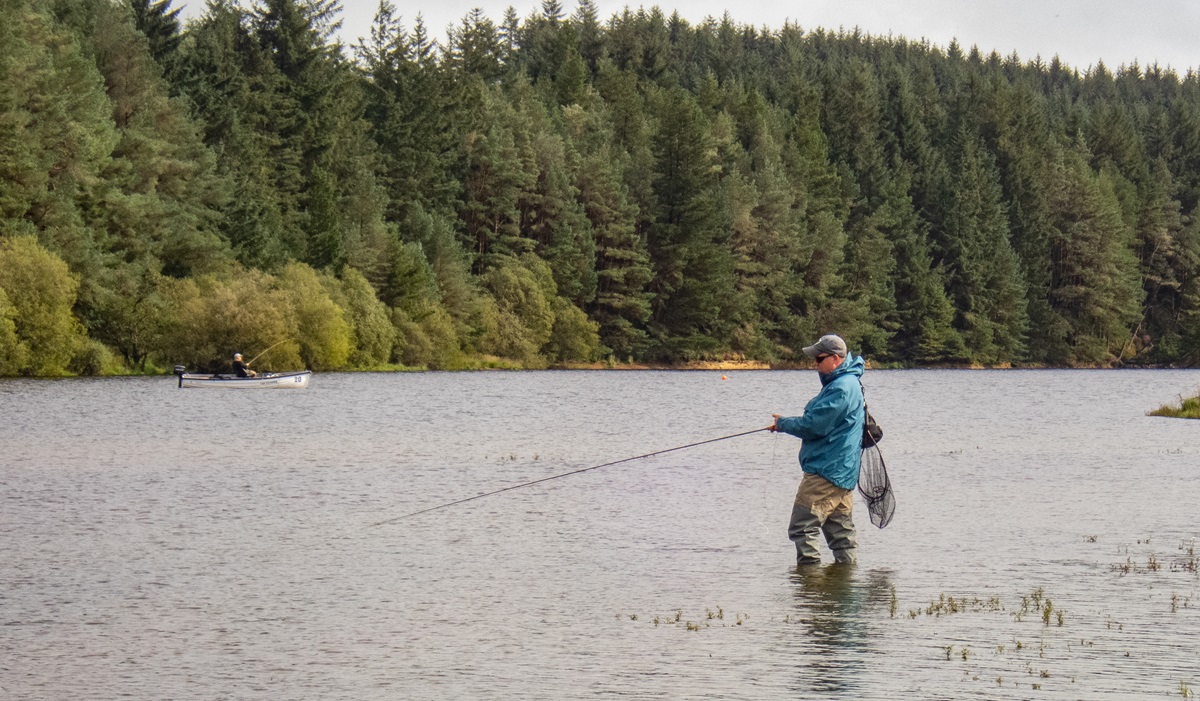Welsh Dee: Late Summer Fly Fishing Opportunities
In this guest piece Blogger Andrew Overend takes a look at late summer fly fishing opportunities on arguably the most famous of all the North Wales rivers, the mighty Dee.
The Welsh Dee is internationally renowned for grayling and brown trout fishing, with additional opportunities to catch sea trout and salmon along its 70 mile journey from its source in the Snowdonia mountains.

Local fishing clubs control a large proportion of the fishing on the Welsh Dee, many of which offer reasonably priced annual membership. About 18 miles of that fishing is available to fish on a day ticket, which is ideal for visiting anglers. For example:
- Llangollen-Maelor Angling controls 10 miles of day ticket water on the Welsh Dee.
- Bala and District Angling Association have four beats on the Upper Welsh Dee fishable on a day ticket.
- There is also a 2-mile day ticket beat at Bangor-on-Dee.
Welsh Dee summer fishing tips:
Understanding the nature of a river is often key to a successful day’s fishing, and in that respect, the Welsh Dee is no different to any other river.
So, what do I mean by that?
Well, in simple terms, it’s the river ecology (insect life) and how the fish behave to changing river and weather conditions.
In the summer months, the natural flow of the Dee is supplemented with compensation water from Llyn Bala, Llyn Celyn, Llyn Brenig, and Alwen reservoir to support abstraction at Chester and safeguard migratory fish. This compensation water affects the fishing on the Welsh Dee, but when taken into consideration, you can have a great day on the river.
So, let’s look at how.
Summer grayling fishing:
Unlike many UK rivers, grayling fishing on the Welsh Dee kicks into gear during the summer, mainly because gin-clear compensation water keeps the water temperature cool.
Eager to put on weight after spawning, most fly fishing techniques (dry flies, wet flies and nymphs) will catch grayling. However, a sudden increase in compensation water harms surface fly life until the aquatic insects become accustomed to the new norm in water temperature.
During this period, grayling will be gorging on the vast caddis population on the riverbed and are reluctant to look up; hence, presenting nymphs close to the riverbed is the best approach for catching grayling.
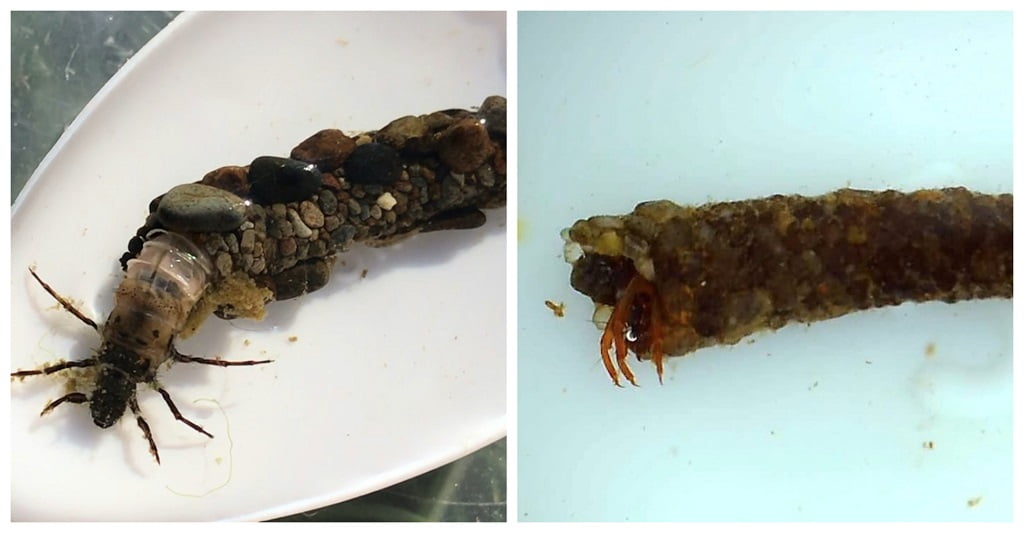
My favourite approach is to fish a two or three-fly euro-nymphing rig, where the point fly is heavy enough to drag the small dropper flies (# 16 and less) towards the riverbed.
In sunny conditions, it’s best to focus on fishing the fast water at the head of the pool and any shady areas.
I would say the fly choice is less important than reaching the riverbed; however, nymphs that work well in low clear water include the following:
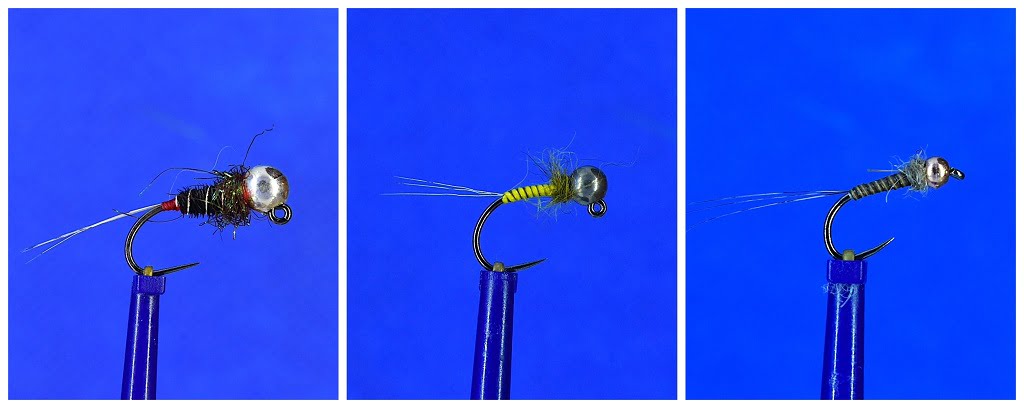
Point fly: red collar black PTN with a silver bead, Droppers: # 14, 16 & 18 quill nymphs.
In the evening, grayling often take up a position in the pool tail to take advantage of a spinner fall. Therefore, a switch to fishing a suitable dry fly often catches fish. For example, a pheasant tail spinner (below).

Usually, fly hatches resume when the water temperature stabilizes or warms, and grayling return to eagerly taking the dry fly. Trying to match the hatch in size & colour is the best approach to selecting a suitable dry fly.
Failing that, one of the following dry flies usually work e.g CDC olive, grey duster, Griffiths gnat, Iron Blue in sizes from 14 to 20.
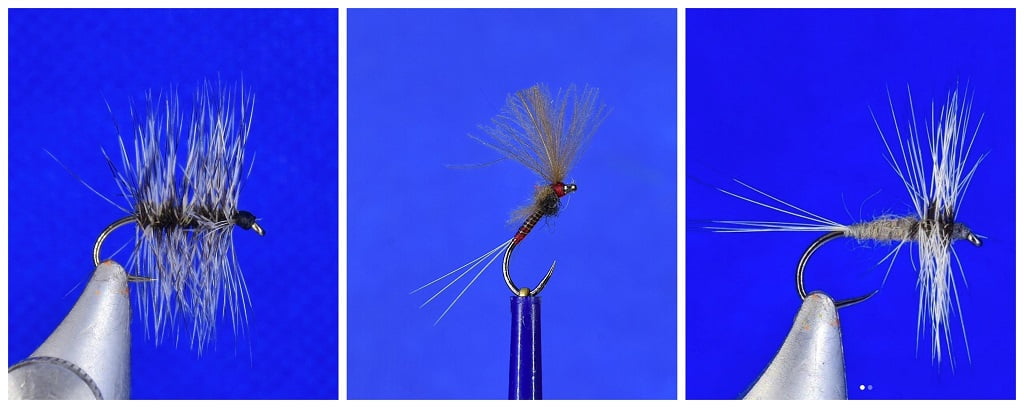
When the river coloured after a summer spate, short-line nymphing with nymphs sporting a dash of colour is often the best approach.
Summer trout fishing:
In the Welsh Dee, the ratio of grayling/trout is at least 10/1. That doesn’t mean there aren’t many brown trout, just a lot more grayling. As such, anglers often comment it’s difficult to catch trout on the Welsh Dee.

The trick to catching trout is focusing on fishing where they are likely to lie, and grayling are not.
Grayling prefer pools where the riverbed consists of gravel, so avoid these areas unless you spot trout.
As a general rule of thumb, if I’m focusing on trout, I spend more time locating likely lies, which are often in front or behind obstacles (e.g. boulders, snags, weed beds), than fishing in pools with a rough riverbed.
Also, unless I spot trout, I avoid fishing pools with a gravel bottom because these are more than likely to hold a shoal of grayling.
On sunny days, the best trout fishing is before 10 am and after 7 pm when the river is clear and close to its summer level (0.5m at Corwen).
Apart from spending time locating suitable trout lies, my approach to trout fishing in terms of method and flies is identical to that for grayling fishing on the Welsh Dee.
Sea trout fishing
The Welsh Dee has a sizable run of sea trout, which migrate into the river during June, with the run peaking between late July and early August, depending on the weather conditions.
On dull overcast days, it’s possible to catch sea trout before dark on traditional trout flies (wet and dry). Usually, I catch them by fishing deep channels or casting my flies under overhanging trees.
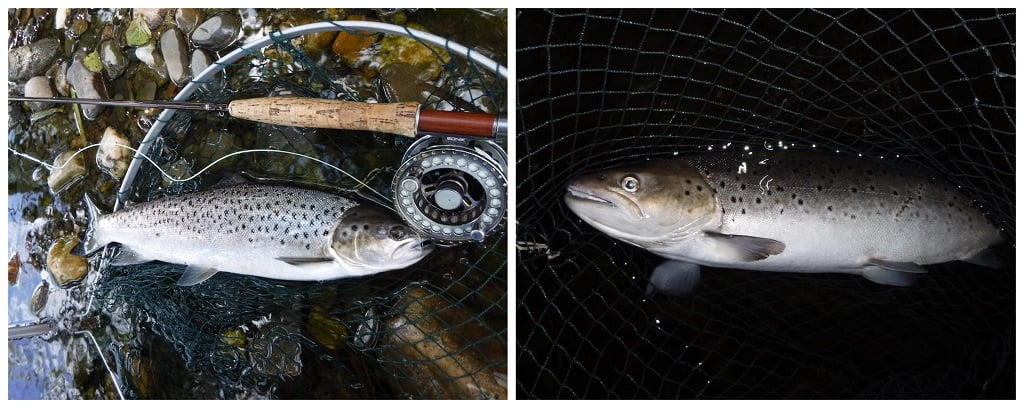
If your focus is sea trout, they’re best targeted at night when the river is close to its summer level and running clear.
Often, I use a simple set-up for sea trout fishing at night consisting of a 10ft 7wt rod loaded with a weight-forward floating line, a 9ft 12lb nylon leader, and a dropper tied 5 ft from the point. Currently, my favourite sea trout flies for the Welsh dee include: Silver Stoats tail, Black & Orange Dovey, Daioni, Teal Blue & Silver, Mr.Fish, and a black surface lure.
Salmon fishing
Over recent years, there had been a steep decline in the number of Welsh Dee salmon and a complete collapse of the grilse run, with most of the salmon entering river from late May to August.
If you put the hours in, it is possible to catch them, but sadly I wouldn’t classify the Welsh Dee as a salmon river anymore. For me, salmon fishing on the Welsh Dee is more of a side hustle in September and October.
If you would like to find out more about fishing the river Dee and many other waters across the UK, for a wide variety of species, then head to Andrew’s fantastic blog ”Hawker-Overend Fishing”
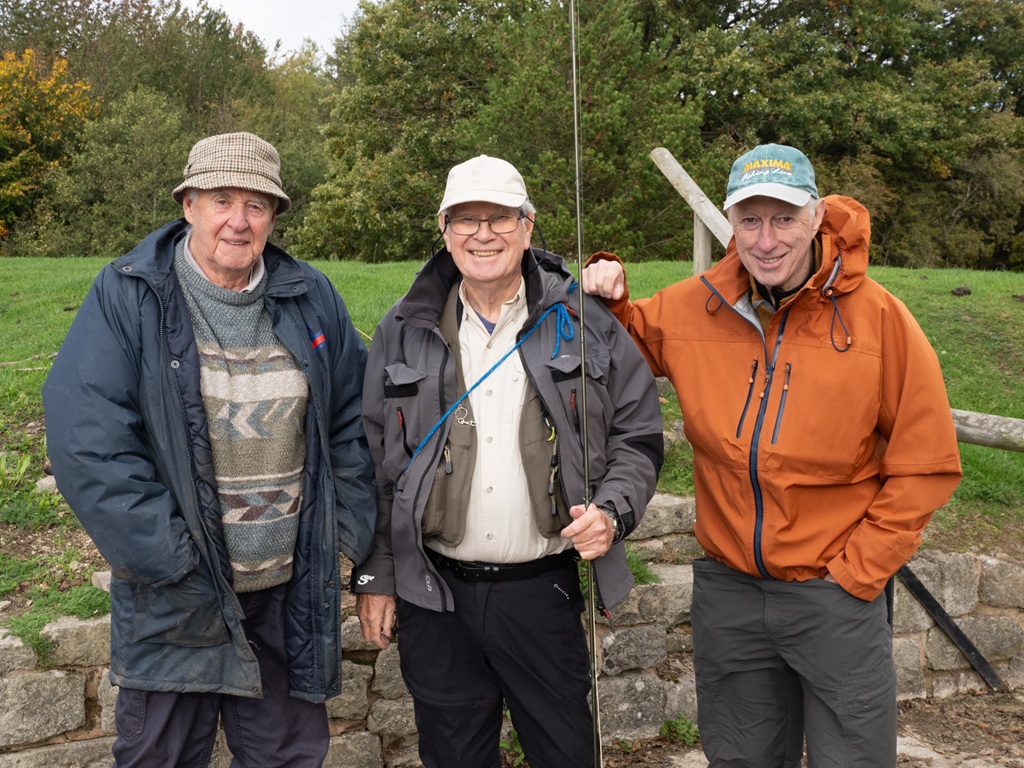
Take a Friend Fishing is Back! Take someone you know fishing for FREE this Christmas and New Year
Calling all Anglers – Take someone you know fishing for FREE between Saturday 20th December 2025 and Sunday 4th of…
Read More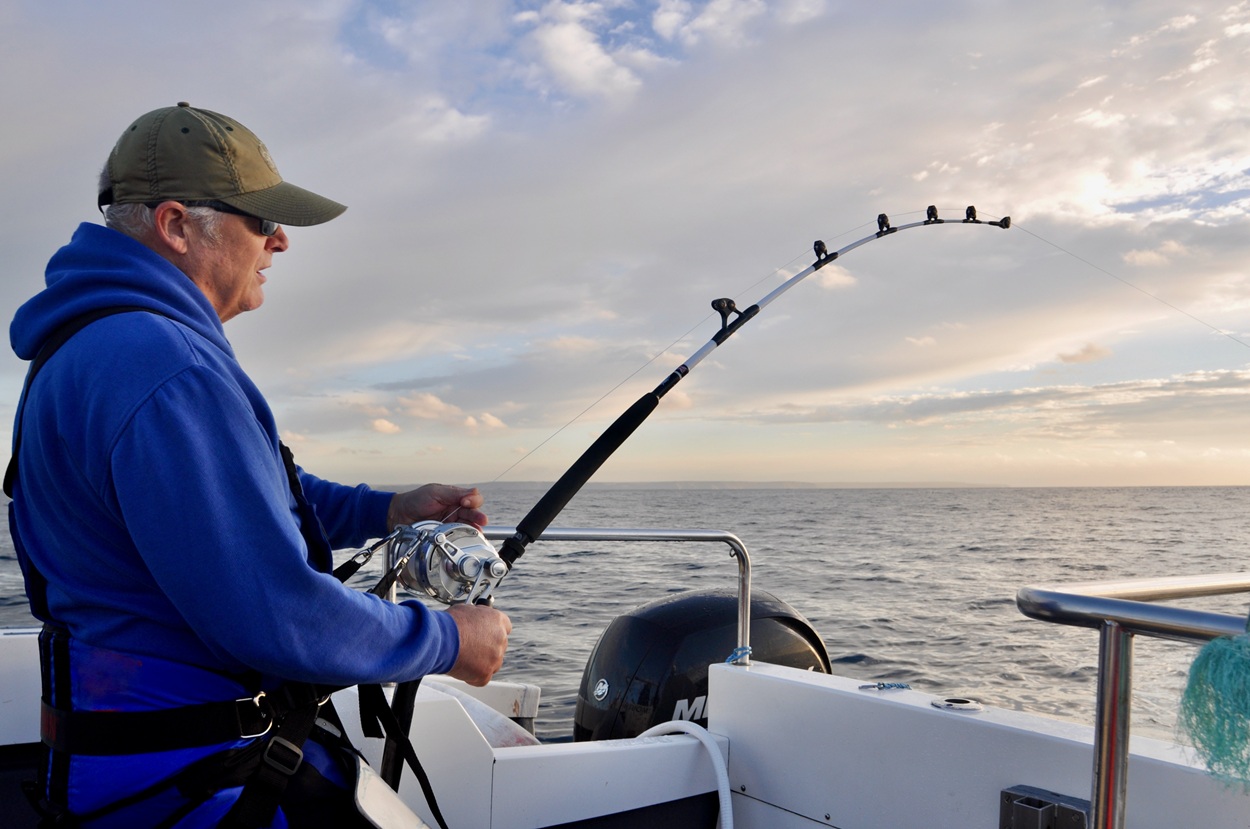
Tuna Sport Fishing Wales
Dave Lewis reports on the emergence of a rod and line tuna fishery off Welsh coasts; a huge draw for…
Read More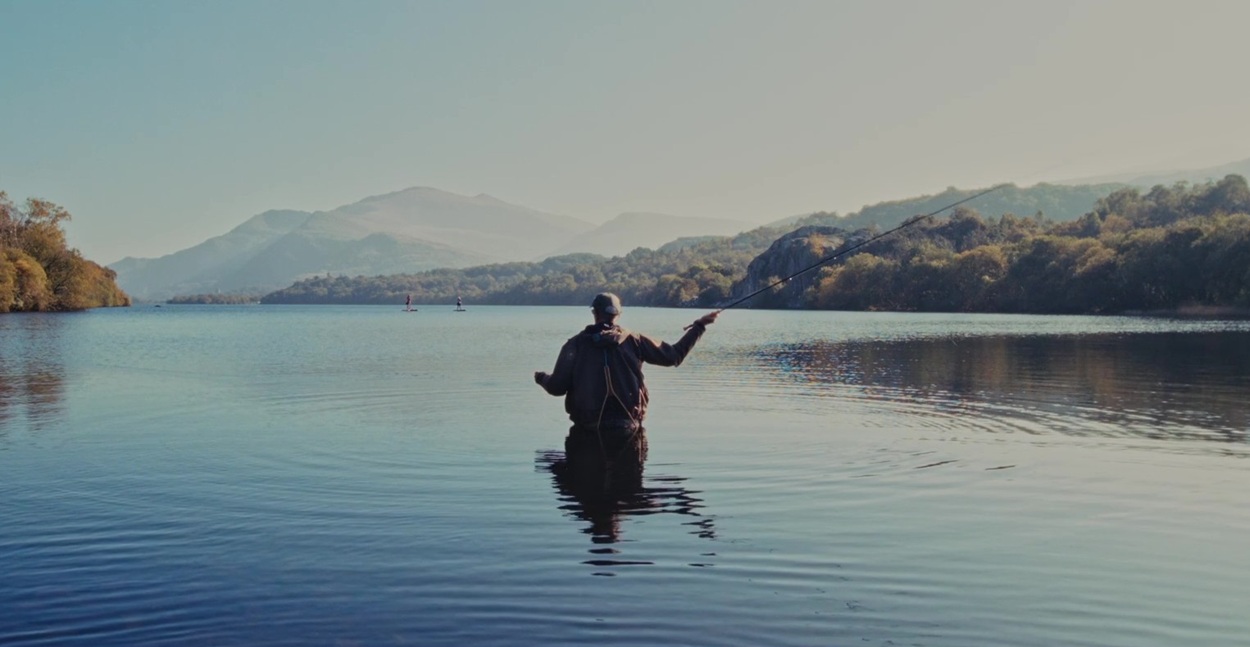
Am ein bywydau 'About our lives' - Cymdeithas Pysgota Seiont Gwyrfai & Llyfni VIDEO
A Welsh language film (Cymraeg) with English subtitles. We’re pleased to present: Am ein bywydau – a film…
Read More

